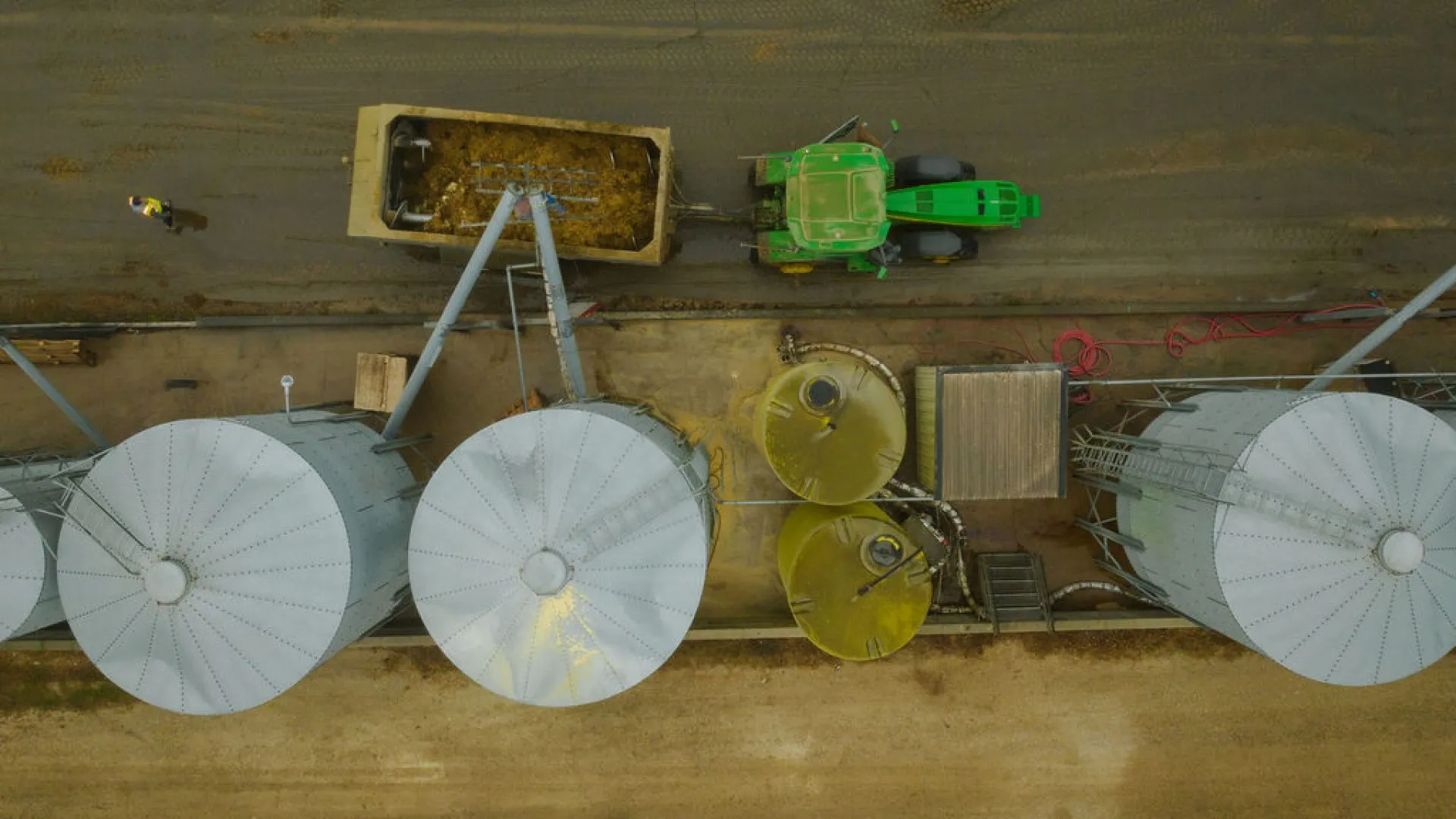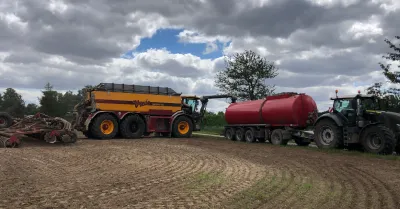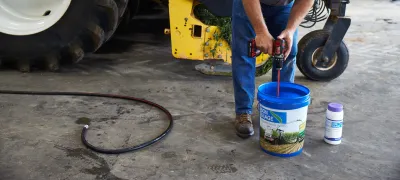With the added threat of freezing temperatures and icy conditions, you could argue that farm safety is even more important this season than the others. Here is a far-from-comprehensive list of things you can do around the farm to keep you, your staff and your animals safe.
This is a great tip all year long, but if you’ll be out in the field, around equipment or with animals alone, make sure that someone knows where you are and when to expect you back. One slip-up could cause you to be incapacitated, and in some parts of the country where the temperatures regularly drop below freezing, that can be bad news this time of year. Make sure to carry your phone on you at all times as well, so you can call for help if you get into a jam.
Sand or some other kind of texture (sawdust, light gravel) should always be handy to make slippery walkways less so. Ice melt is a given, but make sure it’s animal-appropriate if any pets or livestock will come into contact with it. Pay special attention to any hills or slopes, and if there are frozen ruts, be sure to mark them or otherwise make it very clear where there might be a walking or driving hazard.
It can help if you keep specific pathways clear all season long. It’s much harder to start when there’s already a foot of snow on the ground, so dedicating some time to clearing your walkways regularly can save you loads of time (and backache). Consider shoveling or plowing pathways even offroad, if you’ll be traversing off the beaten path often.
Wearing proper cold-weather gear goes a long way toward protecting yourself from the elements. The United States Occupational Safety and Health Administration (OSHA) has a few guidelines for the workplace, but they can be applied to any long-term exposure to the cold:
- Wear at least three layers of loose-fitting clothing. Layering provides better insulation. Do not wear tight fitting clothing because that reduces blood circulation to the extremities.
- An inner layer of wool, silk or synthetic to keep moisture away from the body.
- A middle layer of wool, fleece, or synthetic to provide insulation even when wet.
- An outer wind and rain protection layer that allows some ventilation to prevent overheating.
- Avoid wearing wet clothes.
- Wear a hat or hood to help keep your whole body- warmer. Hats reduce the amount of body heat that escapes from your head.
- Use a knit mask to cover the face and mouth (if needed).
- Bring extra socks, gloves, hats, jacket, a change of clothes.
- Use insulated gloves to protect the hands (water resistant if necessary).
- Wear insulated and waterproof boots (or another footwear).
More info about cold weather safety from OSHA can be found here.
Knowing when you’re in danger is the first step toward preventing lasting damage. Two of the biggest threats to those working in cold weather are hypothermia and frostbite. Hypothermia is a serious condition that happens when your body loses heat fast than it can produce it and left unchecked, it can lead to heart failure and death. Signs of hypothermia, according to the Mayo Clinic:
- Shivering
- Slurred speech or mumbling
- Slow, shallow breathing
- Weak pulse
- Clumsiness or lack of coordination
- Drowsiness or very low energy
- Confusion or memory loss
- Loss of consciousness
- Bright red, cold skin (in infants)
If you or someone you’re with displays any of these signs, get to warmth and call 911 if symptoms persist.
Frostbite occurs when the skin literally freezes. If caught and treated early enough, you can escape with minimal or no damage. Very early-stage frostbite can be treated simply by warming the skin, but it’s best to seek medical help because untreated frostbite can cause serious damage.
There’s so much to be aware of around the farm all year ‘round. But one should never underestimate the elements, especially when Old Man Winter is making himself known.



